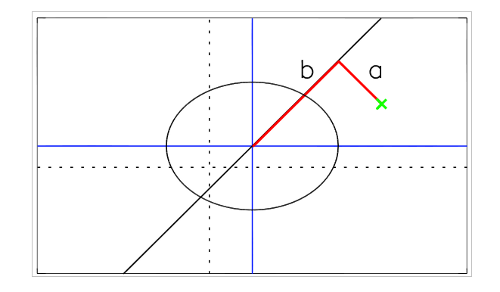
| Components | Radii |
|---|---|
| SO2 in abs.sol, NO2 in abs.sol. | 10% |
| SO2, HNO3 and NH3 in impregnated filter | 20% |
| SO4, NO3 | 10% accuracy or better |
| NH4, Cl, Ca, K, Mg, Na, cond, H+ (from pH) | 15% accuracy or better |
| pH | 0.1 units |
| Pb, Ni, Cr, As, Cd, Zn, Cu | 15% accuracy or better (high concentrations) |
| Pb, Ni, Cr, As, Cd, Zn, Cu | 25% accuracy or better (low concentrations) |
| Error criteria | Colour |
| Within 0.5*DQO | Blue |
| Within DQO | Green |
| Within 2*DQO | Orange |
| > 2*DQO | Red |